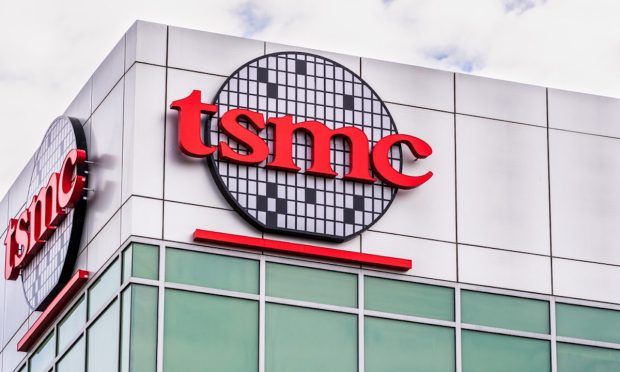Semiconductor Manufacturer to Build New Japanese Chip Factory

Taiwan Semiconductor Manufacturing Co. (TSMC) announced that it will build a chip manufacturing plant in Japan to boost its production levels during the global semiconductor shortage that’s affecting industries of all types, according to a report in The Wall Street Journal.
The new Japan factory is TSMC’s latest expansion, with the world’s largest contract chipmaker dealing with semiconductor demand for cars, electronics and other products. Company executives said construction on the new plant will start next year, and it will be ready for mass production late in 2024.
That means production capacity is likely to continue to be slower through the end of next year as compared to recent years, Chief Executive C.C. Wei said during the TSMC earnings call. “We believe the expansion of our global manufacturing footprint will enable us to better serve our customers’ needs,” Wei added.
TSMC is planning to spend $100 billion on new technologies and facilities in the next three years, and is building a $12 billion chip factory in Arizona and expanding production in its Nanjing, China facility. The $100 billion doesn’t include the cost of the Japan facility, Wei noted. TSMC also hasn’t decided against building factories in Europe or other places around the world, he added.
TSMC’s net profit for the quarter was up 14% to $5.57 billion in the third quarter of 2021 from the same time in 2020. Company revenue jumped 16% to $14.78 billion from one year ago.
The company manufactures about 15% of the auto chips around the world, and almost half of TSMC’s third-quarter sales came from smartphone chips. The company raised prices for its chips for customers by as much as 20%, according to WSJ.
Related: Apple Eyes Cutting iPhone Production by 10M Units
This week, Bloomberg reported that Apple is likely to scale back its projected iPhone 13 production target by as many as 10 million units because of chip shortages. The company was looking at producing 90 million new iPhone models in the final three months of the year, but that number is likely to be significantly lower.
